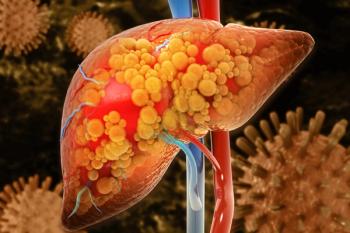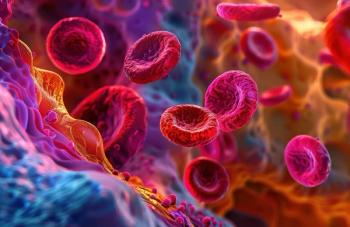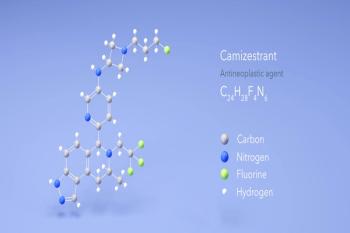
What Factors Contribute to Sleep Disorders in Adolescents?
The average sleep recommended for an adolescent is 8 to 10 hours per night, but recent study results show sleep deprivation is a widespread concern among this age group.
Although the average
Addressing issues contributing to and resulting from sleep disorders in adolescents, researcher Sujay Kansagra, MD,
When it comes to sleep hygiene, Kansagra notes that several modifiable behaviors and environmental factors play distinct roles in affecting sleep. Aspects of good sleep hygiene involve a nighttime routine; maintaining a consistent sleep schedule; keeping the sleeping environment cool and free from noise; and avoiding disruptors of sleep, such as light and screen time.
Technology use has also been explored in prior epidemiological studies, which have linked screen-based activities with sleep disruption. In fact, screen time restrictions were referenced as a prominent intervention supported by parents
Beyond behaviors that promote sleep, biological factors also contribute to impaired sleep in adolescents as the onset of puberty corresponds with a biologically mediated shift in sleep timing and a predisposition to a later sleep-wake cycle, notes Kansagra. Compared with postpubertal and prepubertal teenagers, taking longer to fall asleep and finding it easier to stay awake are attributed to the
“A delay in circadian physiology predisposes to a mismatch between an adolescent’s preferred sleep time and social demands, such as school,” said Kansagra. This mismatch leads to the diagnosis of delayed sleep-wake phase disorder in up to 14% of the adolescent population.
Insomnia is an additional sleep disorder commonly found in adolescents, with rates ranging between 7% and 40% on the basis of the criteria used, highlights Kansagra. Moreover, the
To treat this chronic condition, cognitive behavioral therapy for insomnia (CBTi) was described as an effective treatment in adults, with less rigorous studies also indicating a benefit among adolescents. However, Kansagra notes that more studies examining CBTi are needed to determine long-term benefits, ideal method of delivery, and comparison of cognitive behavioral therapy to pharmacologic therapy.
Kansagra highlights that although the last 4 decades has seen major steps in understanding the mechanisms of sleep, the increase in the incidence of sleep deprivation has coincided with these innovations. “With growing literature to support the role of good sleep health and efficacy of treatments, there is an increased need to proactively screen adolescents for common sleep disorders,” he said.
In guiding future initiatives, Kansagra said that future research is warranted to understand which strategies best promote optimal sleep health among adolescents.
Reference
Kansagra S. Sleep disorders in adolescents. Pediatrics. 2020;145(suppl 2):S204-S209. doi: 10.1542/peds.2019-2056I.
Newsletter
Stay ahead of policy, cost, and value—subscribe to AJMC for expert insights at the intersection of clinical care and health economics.













































